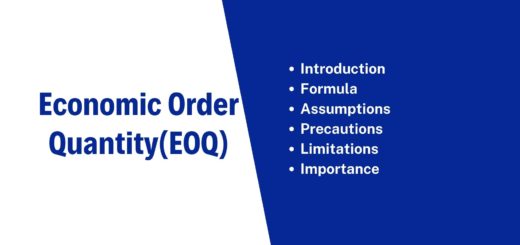Overheads Cost Accounting | BCOM, BAF, BMS Lectures
Table of Contents
Overheads Cost Accounting
Overheads
The third important element of costs of any product or service is overheads. Overheads may be
manufacturing or non-manufacturing. Later we briefly discuss the classification of overheads.
Before that let us see what are overheads? Defining overheads particularly focuses on the concept of direct and indirect expenses which in turn depends on the traceability of the expenses with the product or service. In other words, expenses that cannot be directly traceable to any product or service are known as overheads. Simply, overheads are the sum of all indirect expenses i.e.
Overheads = Indirect materials+ Indirect labour + Indirect expenses
Classification of overheads
In general, overheads may be classified as Overheads
Element wise
a) Indirect material
b) Indirect Labour
c) Indirect Expense
Function wise
a) Factory Overhead
b) Office & Administrative Overhead
c) Selling & Distribution
Behaviour wise
a) Variable Overhead
b) Fixed overhead
c) Semi-variable overhead
Functional classification- Functionally, overheads are classified into Factory overheads, Office and Administrative overheads, and Selling and Distribution overheads. Factory overhead is actually manufacturing overhead while other two are non-manufacturing overhead. Factory rent and taxes, indirect wages, are examples of factory overhead while, salary of office staff is an example of office and administrative overhead, and commission of salesman is an example of selling and distribution overhead.
Behavioural Classification- On the basis of behaviour, overheads can be classified as variable overhead, fixed overhead and semi-variable overhead.
Variable overheads- are those overheads that vary in direct proportion with the level of activity. For example, indirect wages, salesman’s commission etc.
Fixed Overheads- are those overheads that remain fixed irrespective of the level of activity within a relevant range. For example, factory rent.
Semi-variable Overhead- are those overheads that vary with the level of activity but not in direct proportion. Examples are repair and maintenance, electricity charges etc.
We shall first discuss overhead costing of manufacturing overhead.


